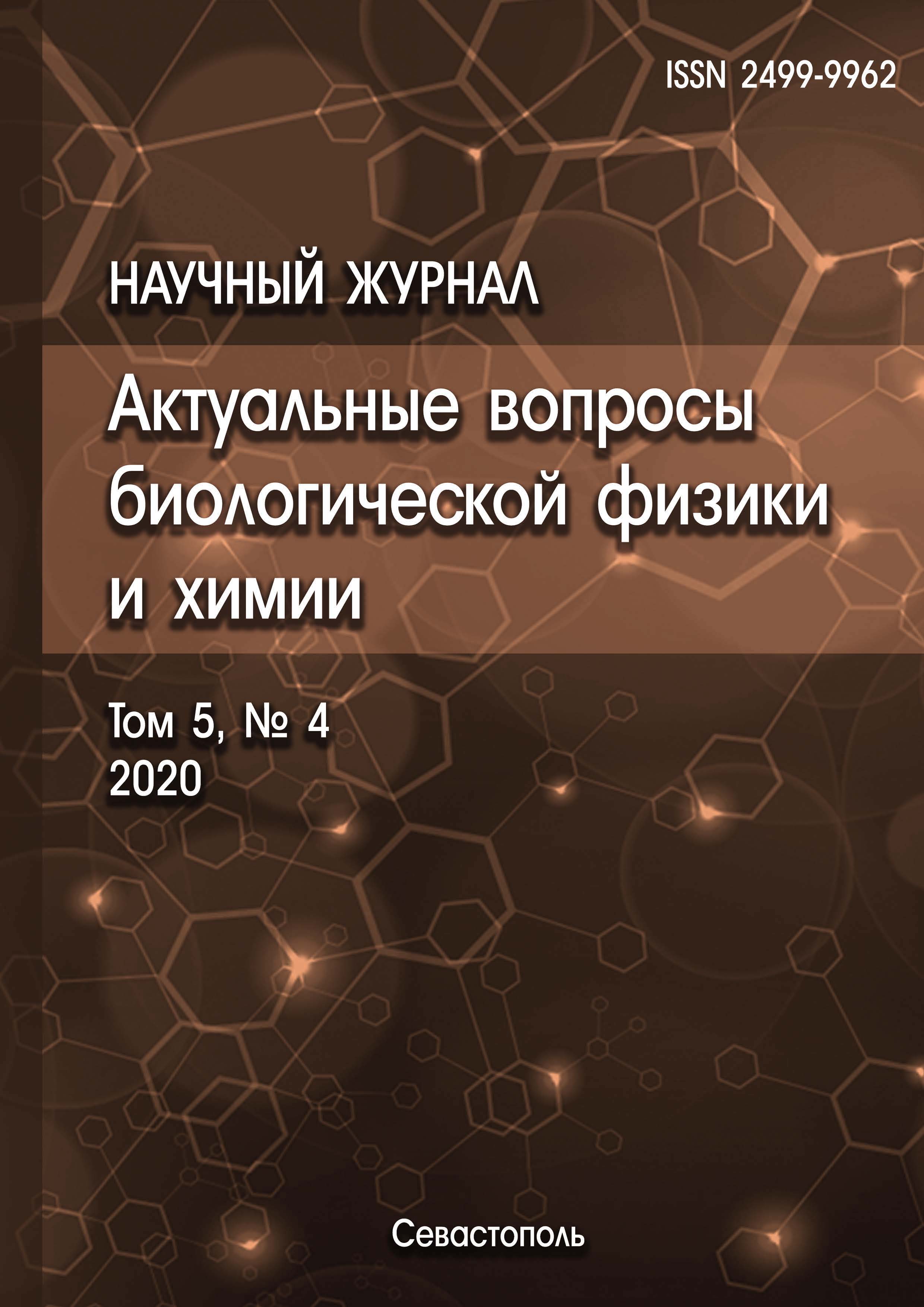Sevastopol, Sevastopol, Russian Federation
Sevastopol, Sevastopol, Russian Federation
Sevastopol, Sevastopol, Russian Federation
The paper considers the condition of anti-fouling coatings modified by biocomponent metal nanoparticles. These coatings can be effective means of protection of ships and various structures directly related to water bodies from the attachment of various micro- and, subsequently, macro-fouling to them. Their appearance has a significant negative impact on the performance of watercraft and hydraulic structures up to complete loss of serviceability. Many offered coverings yield excellent result. But far not all of them keep the initial indicators at long-term operation, thus leading to necessity of periodic replacement of the covering. And from this point of view the term of operation before the loss of useful properties becomes a key issue. The condition of metal plates covering before their immersion in water environment, and also after one month of exposure on a specialized polygon in the Sevastopol bay was studied by methods of IR Fourier spectroscopy. Spectra before and after exposure, as well as spectra of "control" samples (without nanoparticles) with spectra of "working" coatings are going to be compared. The first step of this research is the comparison of pure and modified epoxy resin IR specters. Based on the obtained results, metal nanoparticles that lead to the smallest structural changes were selected.
nanoparticles, infrared Fourier spectroscopy, anti-fouling coverings
1. Guo J. et al. Reinforced magnetic epoxy nanocomposites with conductive polypyrrole nanocoating on nanomagnetite as a coupling agent. RSC advances, 2014, vol. 4, no. 69, pp. 36560-36572.
2. Chashkin M.A. i dr. IK spektroskopicheskoe issledovanie struktury epoksidnoy kompozicii, modificirovannoy med'/uglerodnym nanokompozitom, i processov, svyazannyh s ee modifikaciey. Himicheskaya fizika i mezoskopiya, 2012, t. 14, № 2. @@Chashkin M.A. et al. IR spectroscopic study of structure of epoxy composition modified by copper/carbon nanocomposite and processes related to its modification. Chemical physics and mesoscopy, 2012, vol. 14, no. 2. (In Russ.)
3. Othman N.H. et al. Highly dispersed graphene oxide-zinc oxide nanohybrids in epoxy coating with improved water barrier properties and corrosion resistance. Journal of Coatings Technology and Research, 2020, vol. 17, no. 1, pp. 101-114. DOI: https://doi.org/10.1007/s11998-019-00245-y; EDN: https://elibrary.ru/YKWIBC
4. Abdullaev H.M., Shaimov E.D., Tabarov F.S. IK-spektroskopicheskoe issledovanie spektrov pogloscheniya ishodnyh i fullerensoderzhaschih plenok polimetilmetakrilata, poluchennyh iz rastvorov v toluole, brombenzole i ortoksilole. Doklady Akademii nauk Respubliki Tadzhikistan, 2013, t. 56, № 3. @@Abdullaev H.M., Shaimov E.D., Tabarov F.S. IR-spectroscopic study of absorption spectra of initial and fullerene-containing films of polymethylmethacrylate obtained from solutions in toluene, brombenzene and orthoxylene. Reports of the Academy of Sciences of the Republic of Tajikistan, 2013, vol. 56, no. 3. (In Russ.)
5. Sugumaran D., Karim K.J.A. Removal of copper (II) ion using chitosan-graft-poly (methyl methacrylate) as adsorbent. Eproc. Chem., 2017, vol. 2, pp. 1-11.
6. Ethiraj A.S., Kang D.J. Synthesis and characterization of CuO nanowires by a simple wet chemical method. Nanoscale research letters, 2012, vol. 7, no. 1, p. 70. DOI: https://doi.org/10.1186/1556-276x-7-70; EDN: https://elibrary.ru/JCXNOM










